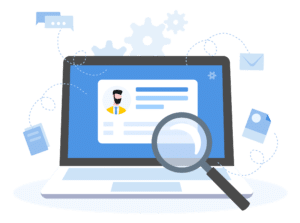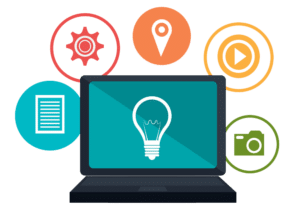In the recently published 2019-2020 Sierra Cedar HR Systems Survey, results showed the use of robotic process automation (RPA) has jumped 50% in the HR industry in the last year, and it shows no signs of slowing down. The annual report, which is designed to provide thought leadership on human resources technologies, trends, and the impact their adoption has on business outcomes, indicates that the implementation of RPA and other smart technologies isn’t just on the rise, but it’s also part of a wider push to shift mindsets from functionally-based solutions to those that are focused on business outcomes.
Improving Compliance With Simplified Business Processes

A primary responsibility of HR professionals is to ensure the workplace remains fair, equitable, and legal. As such, it is a discipline that includes oversight of compliance. There are any number of compliance issues to consider, including federal and international regulations, as well as laws for business safety, labor and wages, anti-discrimination, and more.
As you can imagine, the management of compliance can be cumbersome and demanding. Every regulation, law, and guideline has its own process to adhere to. And to complicate things further, they change frequently. Most companies do not expect their HR professionals to be subject matter experts in every area of compliance, but it is still their responsibility to understand the issues and see that they are managed properly.
When it comes to anti-discrimination compliance, for example, technology like RPA can be a powerful tool for both recruiters and internal HR teams. Bots can scan thousands of applications a day, not only cutting down on the time it would have taken a person to read them, but also freeing up those people to do “people” things, like network and build relationships. To support the current workforce, bots can scan HR systems for demographics and other statistics to help identify issues and drive diversity initiatives.
There’s a bigger benefit at play too: risk mitigation. Once a given compliance process is standardized for automation, updating it to meet new code requirements or rule changes is as simple as updating the software. There is no process overhaul or manual change. What’s more, in some instances, the bots can recognize change and issue an alert, prompting the change before it is even required.
Changing Strategies From Triage to Outcomes

When implemented properly, these kinds of automation initiatives can greatly improve specific compliance processes, injecting valuable new efficiencies into HR operations. However, focusing strictly on individual processes limits the value automation offers. Rather, process automation should be part of a larger, more comprehensive digital transformation strategy focused on business outcomes.
Using its survey data from the last five years, Sierra-Cedar echoes this sentiment, suggesting that it has identified several primary factors that are associated with higher business outcomes. They go even further, stating that the lack of these factors results in lower-than-average outcomes. Among them, is having a regularly updated HR systems strategy. For today’s modern businesses, that strategy should include a comprehensive plan for automation that supports the system and the human workforce.
Another critically important factor is the way HR is perceived by business leaders. When HR is viewed as a strategic business partner responsible for business outcomes—as opposed to a compliance-only function—it results in significantly higher-than-average outcomes.
And the benefits of this approach continue to compound. The survey also shows that outcome-focused organizations are able to parlay their wins in HR systems environments into usable data that can then inform business strategy, creating a cycle that keeps going with smart new efficiencies.
While this survey is dedicated to the HR industry, the concept of establishing an outcome-based focus is not unique to HR. It can be applied to virtually any business and is one of the best ways to achieve sustainable, company-wide results.
If you’re ready to talk about digital transformation, business outcomes, and automation, we’re here to help. Get in touch today.

